 Reprinted with permission from the Juvenile Justice Information Exchange (JJIE.org).
Reprinted with permission from the Juvenile Justice Information Exchange (JJIE.org).
The Council of State Governments (CSG) Justice Center released a groundbreaking report today that provides important insights to guide the next steps for the nation’s second-largest state to reform its juvenile justice system. The report, “Closer to Home: An Analysis of the State and Local Impact of the Texas Juvenile Justice Reforms,” not only has great value in the Lone Star State, it also delivers important lessons for the juvenile justice field in communities across the U.S.
From my perch at a national foundation with a longstanding focus on juvenile justice reform throughout the nation, that is my primary interest:
What are the national implications of this research for the juvenile justice field? Following is my attempt to answer that question, focused on 10 key takeaways.
1. The report shows that dramatically decreasing the population of youth confined in state juvenile corrections facilities is good public policy.
CSG found that Texas youth released from state institutions were: 21 percent more likely to be arrested within 12 months than comparable youth who remained under the supervision of county probation departments and three times more likely to face felony charges if arrested. These findings were controlled for offending history, demographics and other relevant factors. CSG reports that the average cost of a stay in state custody exceeded $200,000.
Texas is not an anomaly. These results confirm the already overwhelming evidence that in virtually every recidivism study, the vast majority of youth released from large, state-run correctional institutions are rearrested within two or three years of release, and one-third or more are reincarcerated in a juvenile facility or adult prison.
Research also consistently finds that state-funded youth corrections facilities are dangerous, unnecessary, obsolete and inadequate for the serious mental health, educational and social service needs faced by many court-involved youth.
2. The CSG report shows that contrary to commonly held fears, there is not a substantial population of superdangerous youth beyond the capacity of counties to supervise.
CSG found no difference statistically between the population of youth committed to state-run secure facilities and those placed under the supervision of their county juvenile probation departments. Youth committed to state custody “look no different than many of those who are kept in their communities,” CSG commented. “This tends to suggest that many more of the committed youth could just as successfully be rehabilitated under the supervision of the county juvenile probation department.”
3. Moreover, the report shows that although placing youth into local residential facilities is preferable to incarceration in state facilities (or, even worse, in adult prisons), it is still a poor investment of taxpayer dollars.Adjusting for offense history and other variables, CSG found that youth placed into county-funded residential facilities did no better (and often worse) than equivalent youth who were allowed to remain at home.
In fact, while the result was not statistically significant, CSG found that the best outcomes were achieved by youth placed into nonresidential programs focused on skill building. On average, county-funded residential placements cost twice as much as the mean among all youth placed under county supervision (roughly $15,000 vs. $7,300). Removing young people from their homes should be the exception for court-involved youth, not the routine.
4. Clearer state rules and direction are needed to encourage more investment in effective nonresidential programs.
As it reduced the state custody populations and closed several state facilities in recent years, Texas has sharply increased state support to county probation agencies — providing more than $140 million in new state funding from 2007 to 2013.
However, Texas allocated the bulk of these funds with few strings attached, and CSG reports that counties have spent most of the new money on residential facilities rather than nonresidential community services. This trend is worrisome and counterproductive — an indication that state leadership is required to steer counties toward best practice and away from overreliance on residential placements.
5. The key to success for local juvenile justice systems does not lie in more programs alone, but rather in more calibrated, more consistent decisions in the handling of individual cases.
Experience shows that, in the absence of comprehensive system reform, more and better programs are not the solution to the challenges of juvenile justice — even when programs are well-designed and well-intentioned. Rather, success requires a coordinated system that places the right youth into the right program (or no program) for the right reasons, a system characterized by collaboration, effective use of data, careful attention to research and results and vigilant attention to racial and ethnic equity.
6. For the very small number of youth who require a period of residential custody, long stays in custody are unnecessary and wasteful.
CSG data showed that overall rearrest rates were lower from county-funded residential facilities than from state facilities and felony recidivism and subsequent incarceration were dramatically lower.
Yet, the average length of stay was just 3.5 months for youth in county-run secure care facilities and 4.1 months for nonsecure facilities, compared with an 18-month average for youth incarcerated in state-run juvenile facilities. This result corroborates the John D. and Catherine T. MacArthur Foundation’s Pathways to Desistance study and a 2014 National Academies of Science report, both of which found that longer periods of confinement do nothing to improve recidivism outcomes for incarcerated youth.
7. Pervasive racial and ethnic disparities plaguing juvenile justice systems nationwide will not be remedied without an intentional and unwavering focus.
Despite the encouraging drop in the overall population of youth in state facilities, Texas has not made any progress in reducing racial and ethnic disparities in juvenile confinement. Indeed, the share of adjudicated youth committed to state custody fell slightly faster for white youth from 2005 to 2012 than it did for black or Hispanic youth.
8. Local courts and probation agencies frequently deviate from best practice in their handling of juvenile cases.
CSG also conducted extensive interviews and fact-finding in eight large counties, documenting a number of problematic trends plaguing local probation efforts. Despite powerful evidence that juvenile justice interventions work best when they target intensive services to high-risk offenders, a substantial share (40 to 91 percent) of low-risk youth served by probation in the eight counties were placed into one or more treatment, surveillance or skill-building programs, while a substantial majority of high-risk youth were not placed into any program or residential facility. In six of the eight counties lower-risk youth remained in these programs longer than their high-risk peers. Meanwhile, CSG found, many youth “with acute needs did not receive programs that might have benefitted them.”
9. The CSG study’s most enduring value may be its largely unprecedented examination of local probation agencies.
As part of its analysis, CSG examined the recidivism results for probation youth in 30 Texas counties, finding that nine of the counties suffered significantly worse results than predicted by objective indicators, while eight demonstrated far better than anticipated results. Clearly, how counties operate their juvenile probation systems exerts a powerful impact on success.
10. Developing reliable data and strong state leadership are critical in improving juvenile justice practices and maximizing success at the local level.
The valuable lessons produced by the Closer to Home study show how important data can be in advancing our understanding of what works (and doesn’t) in juvenile justice. And the unanswered questions raised by the report point to the need for even deeper ongoing data analysis to measure outcomes and continuously improve programs and practices in light of emerging evidence.
And thanks to rapid advances in the study of criminology, adolescent behavior and brain science, the juvenile justice field has been flooded over the past two decades with an overwhelming volume of valuable new information. These advances have created enormous opportunities for improvements, but they have also presented system professionals throughout the nation with an uphill struggle to adopt the new knowledge in practical ways on the ground.
Local courts and probation agencies need guidance, they need training and they need proper incentives if they are to make rapid progress in adopting best practices. State leaders in all three branches of government can and should play a central role in creating the conditions to nurture local progress.
Nate Balis is director of the Juvenile Justice Strategy Group at the Annie E. Casey Foundation.
 Juvenile Justice Reform
Juvenile Justice Reform
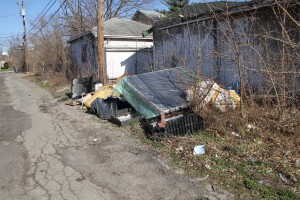 ter weather is starting to break. Snow showers and subzero temperatures are replaced with rain showers and flowers. For some neighborhoods in Dayton, Ohio the break in the weather brings light to a major issue. The issue of illegal dumping is highly visible once the piles of snow have melted away. In some instances, neighborhoods have been left with tons of trash and debris. For several blocks certain alleyways can be found with couches, mattress, appliances and construction waste.
ter weather is starting to break. Snow showers and subzero temperatures are replaced with rain showers and flowers. For some neighborhoods in Dayton, Ohio the break in the weather brings light to a major issue. The issue of illegal dumping is highly visible once the piles of snow have melted away. In some instances, neighborhoods have been left with tons of trash and debris. For several blocks certain alleyways can be found with couches, mattress, appliances and construction waste.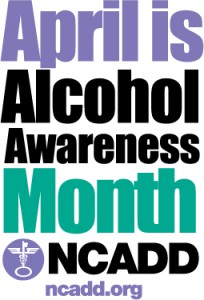 There are
There are 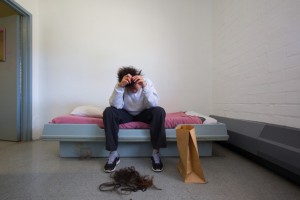
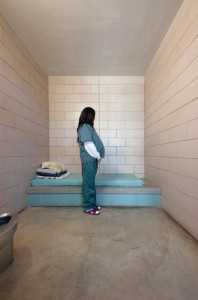
 The
The  The
The 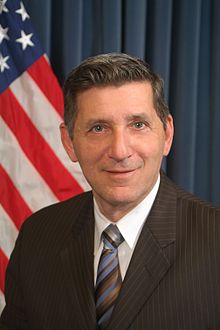
 Reprinted with permission from the
Reprinted with permission from the